Introduction:
Construction is the largest industry in the world and anything constructed needs to be designed first. Structural Engineering deals with the analysis and design aspects, the basic purpose of which is to ensure a safe, functional, and economical structure. While designing, the designer constantly interacts with specialists like architects, operational managers, etc. Once the design is finalized, the implementation takes the involvement of people handling aspects like statutory approvals, planning, quality assurance, material procurement, etc. The entire exercise can be undertaken in a highly coordinated way if everyone involved understands the 'project language', which is a combination of designs and specifications. To understand the language fully, it is necessary to appreciate the principles of structural analysis and design and a course on this topic comes in handy here. Participants of this workshop will gain a basic knowledge of structural engineering that includes principles of analysis of structures and their application, the behavior of materials under loading, selection of construction materials, and design fundamentals for RCC and steel structures.
The emphasis has been kept on the determination of nature and quantum of stress Developed under loads and the way structures offer resistance to it. Being the most widely used construction materials, RCC and steel have been covered in detail though masonry and timber have also been described briefly.
Targeted Groups:
- Building Inspectors.
- Project Managers.
- Construction Supervisors.
- Municipal Officials.
- Architects.
- Quantity Surveyors.
- Insurance Surveyors.
- Concrete Technologists.
- Reinforcement Detailers.
- Structural Fabricators.
- Building Maintenance Personnel.
- Structural Rehabilitation Staff.
Course Objectives:
At the end of this course the participants will be able to:
- Fully understand the role of the structural engineer.
- Comprehend the behavior of structural members under loading.
- Understand the concept of stress functions like tension, Compression, shear, and bending.
- Use the basic concepts for the analysis of statically determinate and indeterminate structures.
- Analyze the deformation of members under loading.
- Understand the significance of material properties in design.
- Undertake basic design of Reinforced Cement Concrete Structures.
- Undertake basic design of Steel Structures.
- Undertake basic design of Masonry & Timber Structural Members.
Targeted Competencies:
- Introduction to structural engineering principles of strength of the material.
- Structural analysis.
- Design philosophies.
- Design procedure of reinforced cement concrete (RCC) structures.
- Design procedure of steel structures.
- Design of masonry & wooden structures.
Course Content:
Unit 1: Introduction to structural engineering principles of strength of material:
- Theory of elasticity
- Stress-strain characteristics
- Sectional properties
- Deflection & deformation
Unit 2: Structural analysis:
- Principle of Mechanics
- Determinate & indeterminate structures
- Determination of stress functions (direct, bending & shear stresses)
- Analysis of statically determinate structures
- Analysis of statically indeterminate structures
- Analysis of deformation under loading
Unit 3: Design philosophies:
- Material behavior under stress
- Working stress design
- Limit state design
- Loads
Unit 4: Design procedure of reinforced cement concrete (RCC) structures:
- Material & Components
- Stress behavior
- Ultimate & permissible stresses
- Design of beams & slabs
- Design of walls & columns
- Design of frames
- Prestressed concrete design
Unit 5: Design procedure of steel structures:
- Materials & Properties
- Stress behavior
- Methods & design of fastenings
- Design of beams
- Design of columns & struts
- Design of tension members
- Design of trusses
- Design of built-up sections
- Limit state design
Unit 6: Design of masonry & wooden structures:
- Properties of masonry
- Design of walls
- Design of columns
- Construction of arches
- Material & properties of wood
- Preservation methods
- Permissible stresses
- Design of columns & beams


